Traveling in Avalanche Terrain – What to Consider
Is it safe? Should I ski it? Or do I go back?
If you backcountry ski at some point you’ll ask yourself those questions. In many situations, they can be difficult to answer. In the end, it’ll come down to how you manage risk.
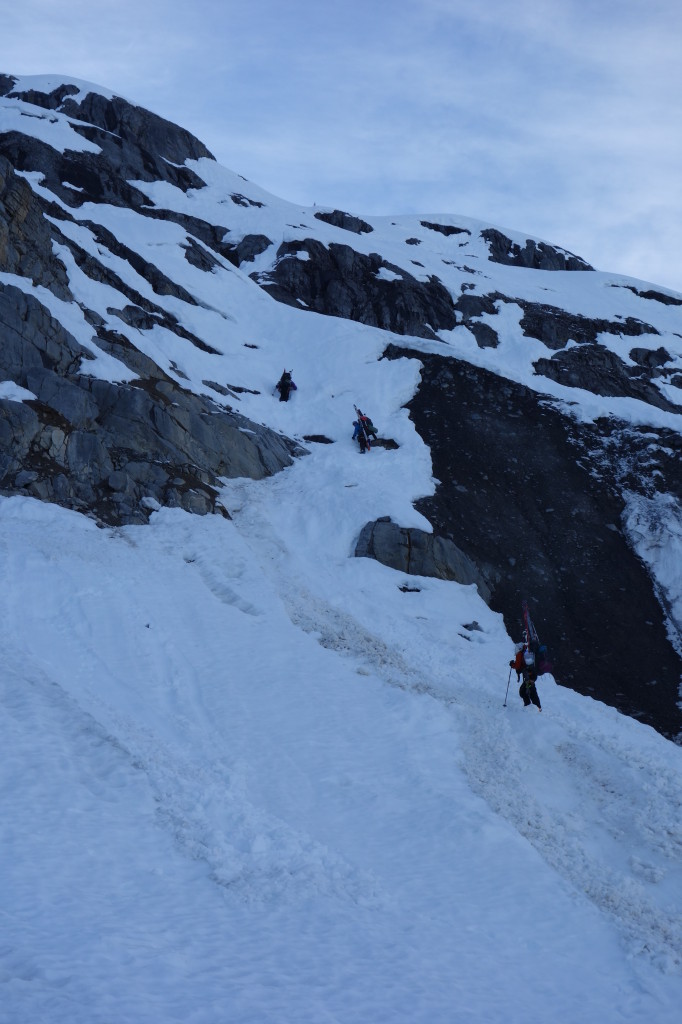
Risk is the chance of success against the cost of loss. What’s the benefit and gain vs the hazard and danger. When I access a slope, I ask myself: Is it worth it? What do I hope to get out of this? What might I lose? And most importantly, Will it make me late for dinner? I try to answer by relying on my past 20 years of skiing experience, what information I know about the current snow pack, who I’m skiing with, and ultimately if I’m comfortable with the situation. If not, I’ll turn around and go another way. Always be prepared to turn back and retreat, it may save your life.
While it’s impossible to completely eliminate risk, we can lower it through good decision making and experience. Take an avalanche course, such as Avalanche Safety Training 1 or 2. Both courses go over travelling safely in avalanche terrain, taking necessary precautions, and how to use important equipment if the worst should happen. Travel with people more experienced than yourself so you can learn and make better decisions in the future.
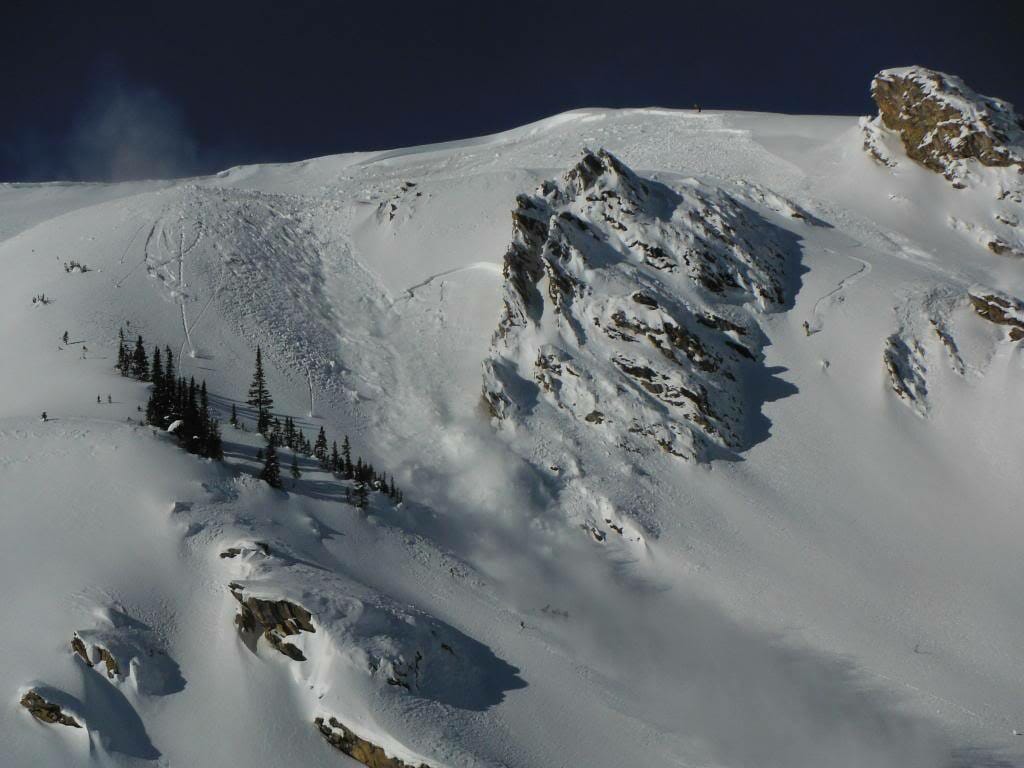
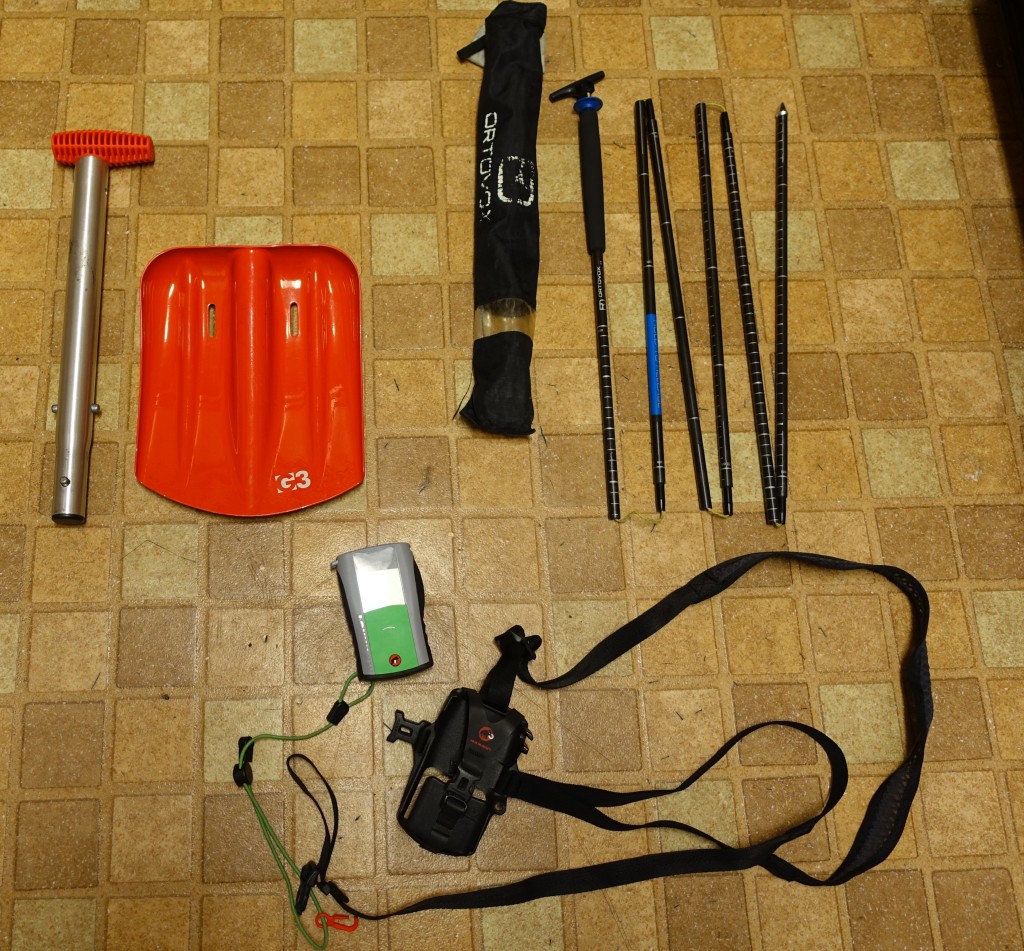
Try to collect as much information about the snowpack and stability before heading out. Avalanche Canada is a great resource, which collects information on snow stability from various professionals throughout Canada. Even us, Last Frontier Heliskiing, sends them our snow-pack information, so they can compile all reports together and release an avalanche bulletin. Thus the public can be better informed and make safer decisions.
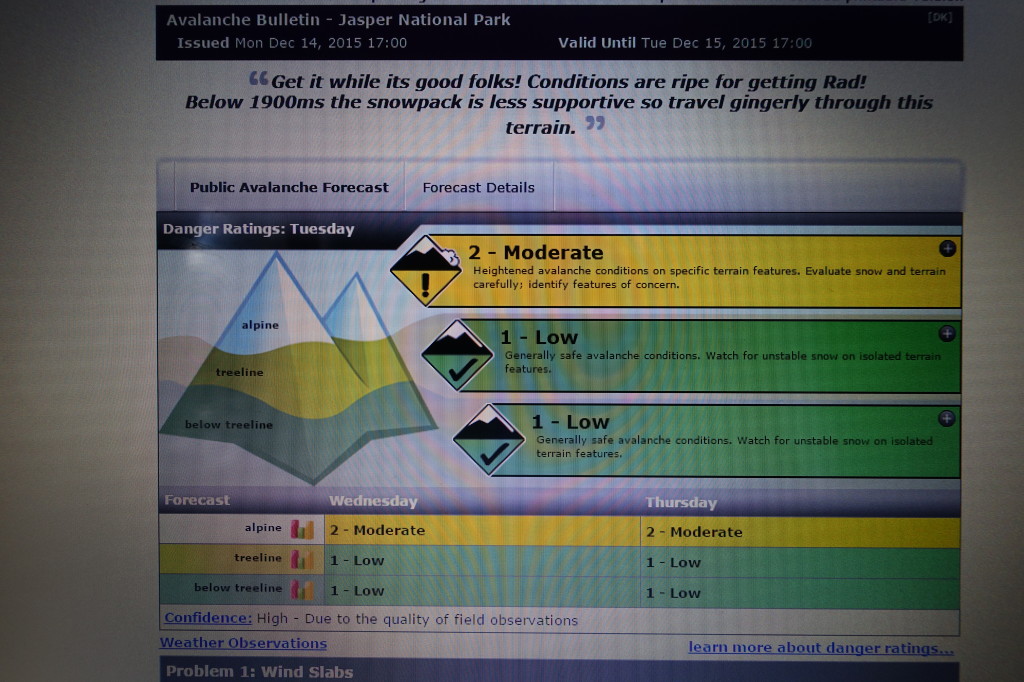
Keep track of the snow-pack during the entire season, taking note of weak layers that become a concern. Stability is about layering and load. Hot, cold, rain, and snow crystals all affect it.
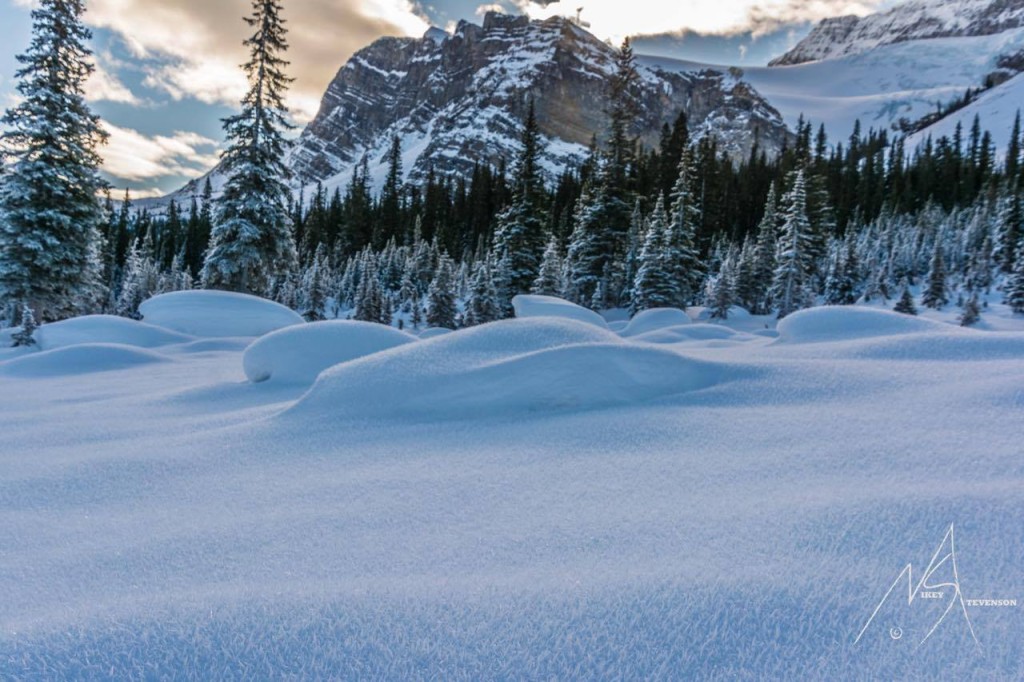
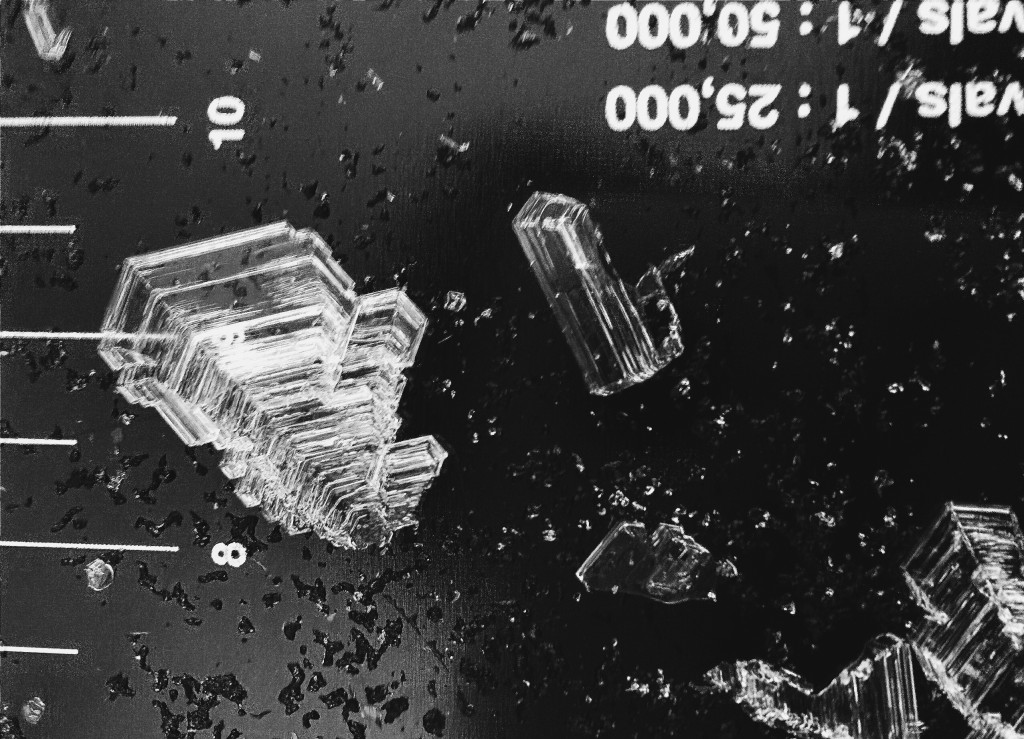
Pay attention to signs on the ski uptrack, like the snow-pack collapsing with a “whoomph” noise (indicating instability as it hasn’t settled yet), sloughing between zig-zags, and signs of natural or human avalanches. Good route finding and navigation is important. Look at the weather forecast to see how the day is shaping up and whether to expect any storms, which may also affect stability or route finding.
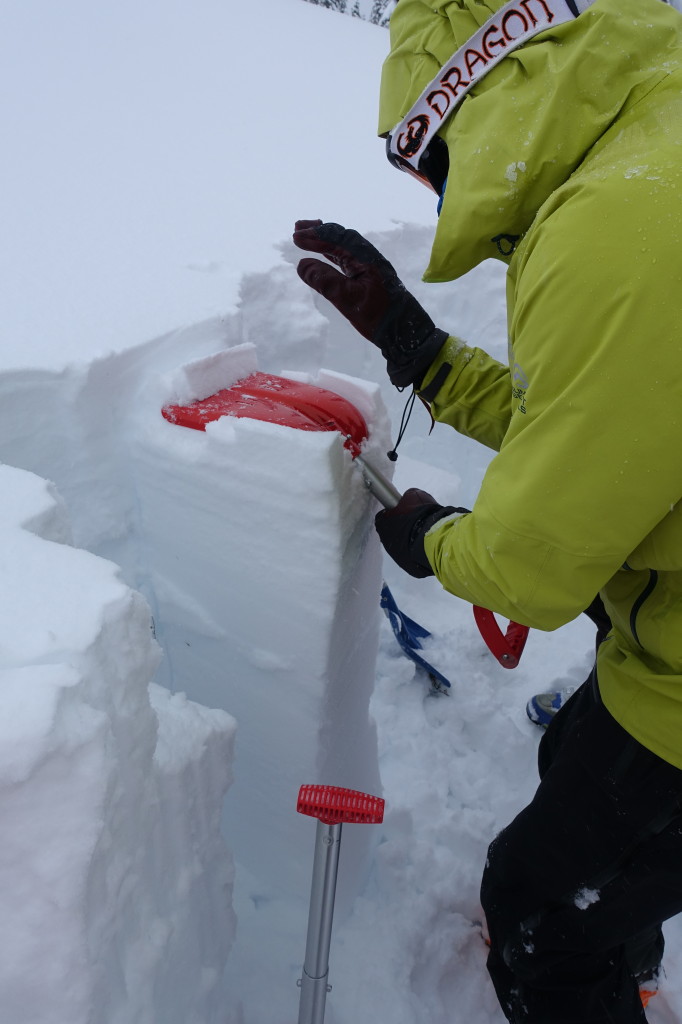
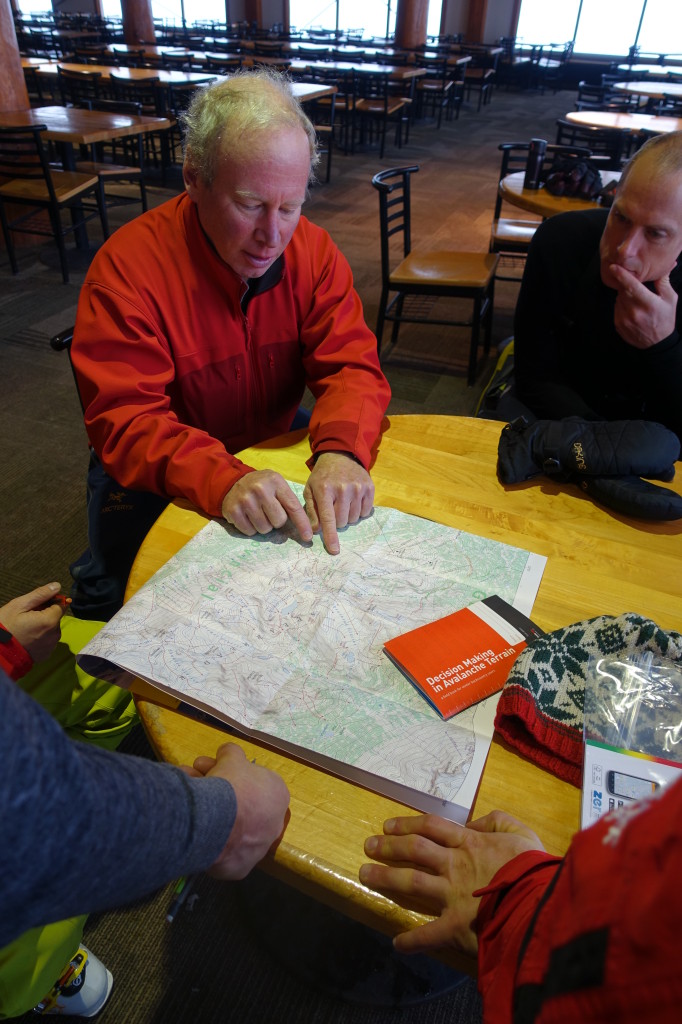
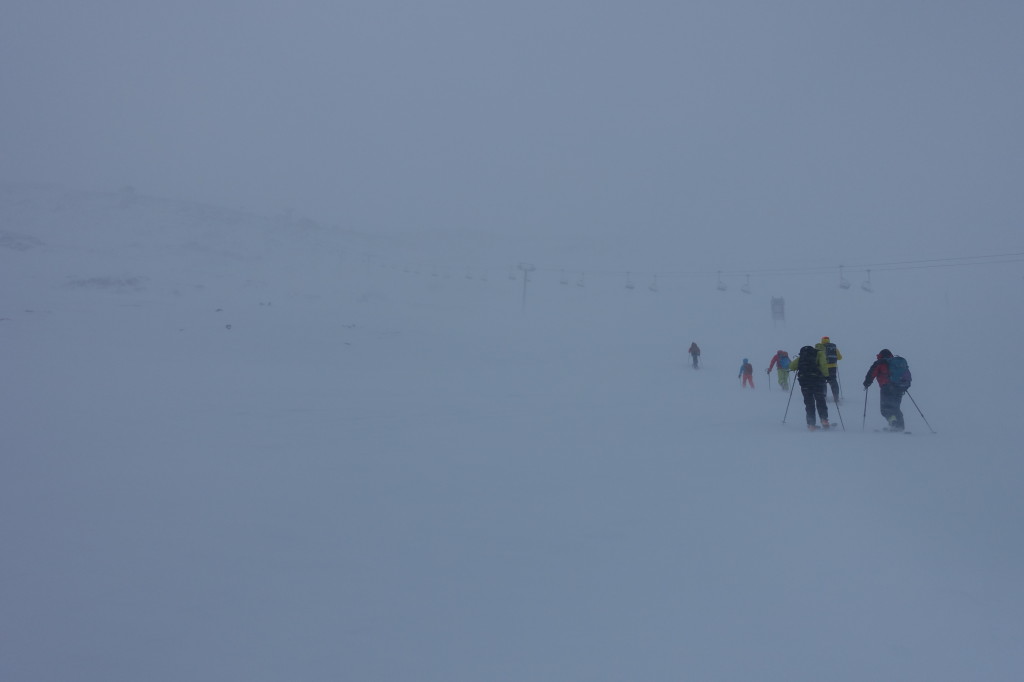
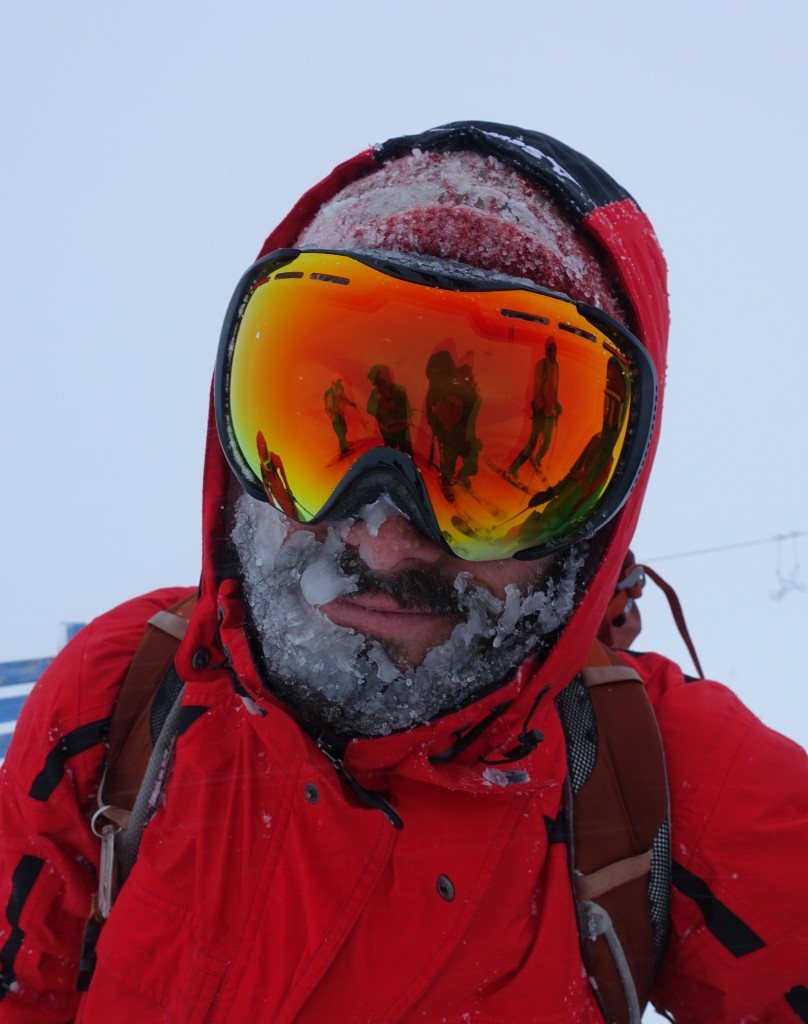
Snow science is full of uncertainty, and is a game of testing and waiting. When something goes wrong, learn from it. It’s important to voice you concern, even if you’re not the most experienced. Your opinion matters. Ski Safe Guys and Girls!


